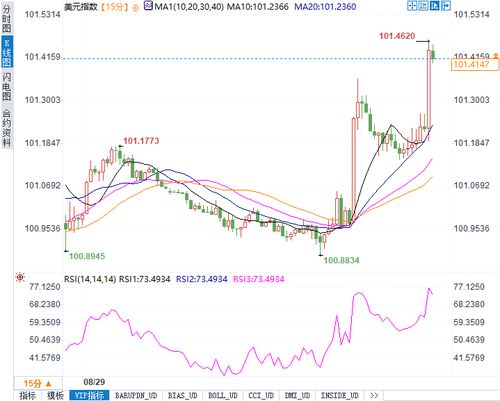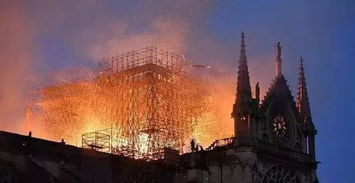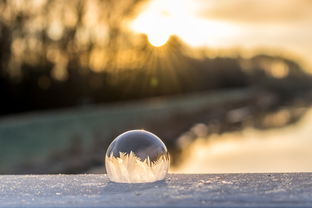延时摄影和快进有什么区别
Title: Is Timelapse Photography Really Difficult?
Introduction:
Timelapse photography is a technique that involves capturing a sequence of photographs over a certain period and then combining them to create a video clip. Many enthusiasts and professionals use this technique to capture stunning visuals of landscapes, cityscapes, and even natural phenomena. While timelapse photography may seem daunting at first, it is not necessarily difficult. This article aims to debunk common misconceptions and provide guidance for those interested in exploring timelapse photography in English.
1. Equipment and Settings:
To get started with timelapse photography, you will need a camera with manual exposure settings, a sturdy tripod, and an intervalometer or a camera with a builtin intervalometer function. Set your camera to manual mode to have full control over the settings. Adjust the aperture, ISO, and shutter speed based on the scene and desired effect. Begin with a lower interval between shots, such as 12 seconds, and experiment to achieve the desired effect.
2. Composition and Planning:
Like any other form of photography, composition plays a vital role in timelapse photography. Consider the elements that will be in motion over time and plan your composition accordingly. Simplify the scene to avoid distractions and focus on capturing the main subject. Use leading lines, frames, and patterns to create visually appealing shots. Also, consider the changes in lighting throughout the shoot and plan accordingly.

3. Time and Patience:
One common misconception about timelapse photography is that it requires long hours or even days of shooting. In reality, a timelapse sequence can be as short as a few minutes or even seconds. However, capturing the right moment may take time and patience. It is important to research and plan the best time to shoot to achieve the desired effect, such as capturing sunset or sunrise. Understanding the subject and timing will greatly enhance the result.
4. Postprocessing and Editing:
Once you have captured the timelapse sequence, it's time for postprocessing and editing. Import the images into your preferred editing software and adjust the exposure, color balance, and sharpness if needed. Consider using software specifically designed for timelapse photography to create smooth transitions between images and add cinematic effects. Experiment with different settings to find the aesthetic that suits your vision.
5. Resources and Learning:
There are abundant resources available online to learn more about timelapse photography in English. Websites, forums, and video tutorials offer tips, techniques, and inspiration. Consider joining photography communities and engaging with fellow enthusiasts to exchange knowledge and gain feedback on your work. Practice regularly to improve your skills and develop your own unique style.
Conclusion:
Timelapse photography may seem challenging at first, but with the right equipment, planning, and practice, it can be an incredibly rewarding form of expression. Remember to start with simple compositions and gradually experiment with more complex scenes. The key is to enjoy the process, learn from each shoot, and iterate on your techniques. So, grab your camera, explore the world around you, and capture the beauty of time unfolding. Happy shooting!
Note: The content provided above is a general guide to timelapse photography in English and is not an extensive tutorial on the topic. Further research and practice are recommended for a comprehensive understanding of the subject.











